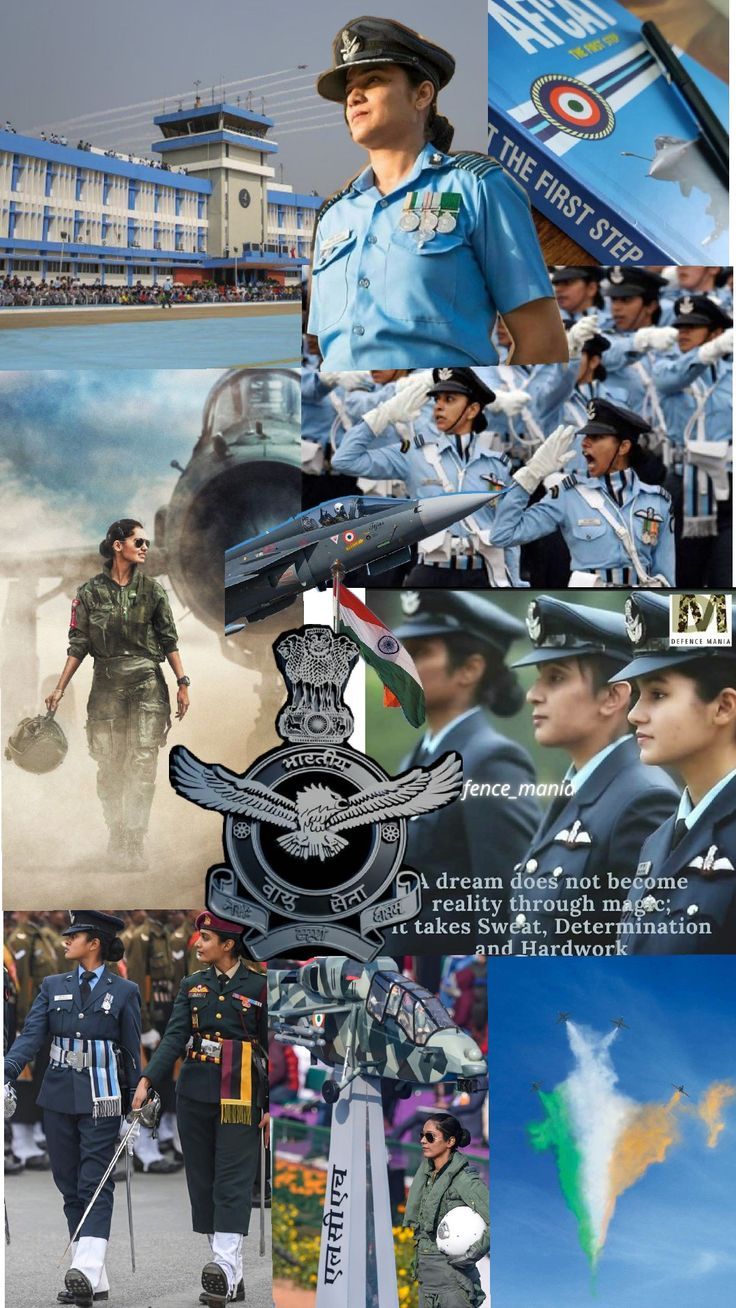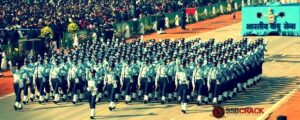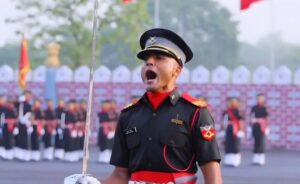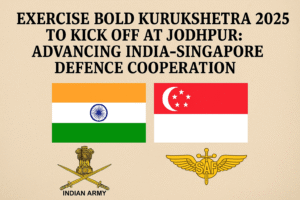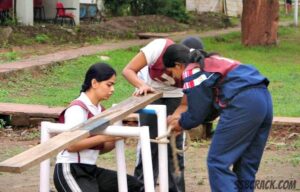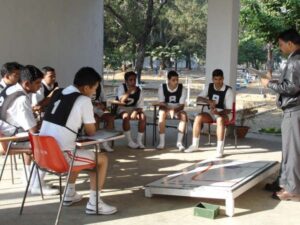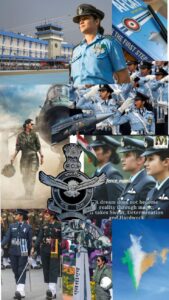Introduction
When it comes to joining the Indian Armed Forces as an officer, the Services Selection Board (SSB) interview is a critical step in the selection process. While the core assessment procedure remains largely consistent across all three services — Army, Navy, and Air Force — there are notable service-specific differences that aspirants must understand to prepare effectively.
This blog will delve into the differences between Army, Navy, and Air Force SSB interviews, helping aspirants craft a focused preparation strategy based on their chosen service.
Overview of SSB Interview Process
The SSB Interview, spread over 5 days, assesses a candidate’s Officer-Like Qualities (OLQs) through psychological tests, group tasks, interviews, and personal interactions. The major components include:
Screening (Day 1)
Psychological Tests (Day 2)
GTO Tasks (Days 3 & 4)
Personal Interview
Conference (Day 5)
These are common across all three services, but the emphasis, standards, and expectations vary depending on whether the interview is for the Army, Navy, or Air Force.
Key Differences Between Army, Navy & Air Force SSB Interviews
1. Service Orientation in PI & Conference
| Aspect | Indian Army | Indian Navy | Indian Air Force |
|---|---|---|---|
| Focus | Leadership, camaraderie, physical endurance | Technical skills, discipline, maritime awareness | Intelligence, spatial awareness, aviation aptitude |
| Personal Interview (PI) | General awareness, passion for the military, leadership stories | Focus on Navy-specific interest, technical knowledge | Emphasis on science, aircrafts, and aviation-based questions |
| Conference | Personality and clarity about army life | Interest and suitability for maritime operations | Final validation of IAF-specific aptitude and personality |
2. Medical Standards and Physical Requirements
Army: Emphasis on endurance and overall physical robustness.
Navy: Includes swimming test and eyesight parameters for maritime roles.
Air Force: Stringent vision and anthropometric measurements, especially for flying branches.
3. CPSS – Computerised Pilot Selection System (Only for Air Force)
The Air Force SSB includes CPSS for candidates applying for flying branches. This is a specialised aptitude test to evaluate a candidate’s ability to handle aircraft controls and aviation-related decisions — not present in Army or Navy SSBs.
4. GTO Tasks Variation
Though the format of Group Testing Officer (GTO) tasks remains standard, the contextual themes differ:
Army GTO Tasks: Ground-based problem-solving, leadership in challenging field-like situations.
Navy GTO Tasks: Maritime and ship-related scenarios may be used.
Air Force GTO Tasks: Focus may lean towards quick decision-making and coordination in simulated air scenarios.
5. Technical Entry Interviews
For Technical Entries (UES, TGC, TES, etc.):
Army: Questions from mechanical, electrical, and civil engineering subjects.
Navy: More inclination toward electronics, navigation systems, marine engineering.
Air Force: In-depth knowledge of physics, electronics, aircraft systems for technical and flying branches.
Tips for Service-Specific SSB Preparation
For Army SSB:
Read books on military leadership (Field Marshal Sam Manekshaw, etc.).
Practice physical fitness drills (long runs, push-ups, etc.).
Develop clarity on Indian Army roles, regiments, and rank structure.
For Navy SSB:
Understand basics of ship navigation, naval ranks, and maritime geography.
Focus on technical understanding and current affairs related to Indian Ocean region.
Showcase water-related activities if any (swimming, sailing, etc.).
For Air Force SSB:
Stay updated with aviation news, aircraft models, and IAF exercises.
Prepare well for CPSS if you’re applying for the flying branch.
Focus on speed, logic, and sharp reflexes.
Conclusion
While the SSB Interview structure is similar across Army, Navy, and Air Force, the orientation, expectations, and evaluations are tailored to the nature of each service. Preparing with a service-specific mindset will increase your chances of success and reflect your seriousness toward joining your preferred force.
FAQs on Army vs Navy vs Air Force SSB Interviews
Q1. Is the SSB interview pattern different for all three services?
No, the basic 5-day pattern is the same, but the emphasis and expectations differ based on the service.
Q2. What is CPSS and who needs to take it?
CPSS stands for Computerised Pilot Selection System. It is mandatory only for candidates applying for the Air Force Flying Branch.
Q3. Which SSB is more difficult: Army, Navy, or Air Force?
Difficulty is subjective. However, Air Force SSB is considered more technical and includes additional tests like CPSS.
Q4. Can I prepare for all three SSBs in the same way?
You can prepare the fundamentals similarly, but tailor your final approach based on the service you are targeting.
Q5. Are GTO tasks the same in all services?
The format is similar, but context and execution may vary depending on the service focus.

